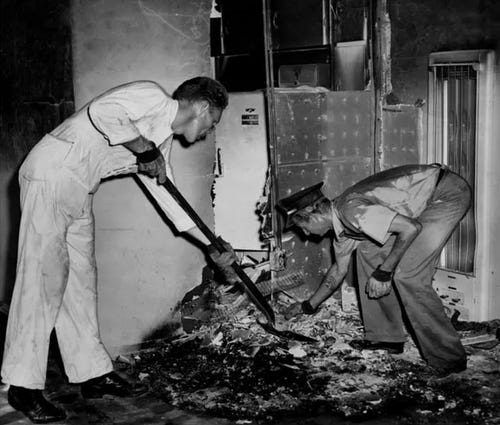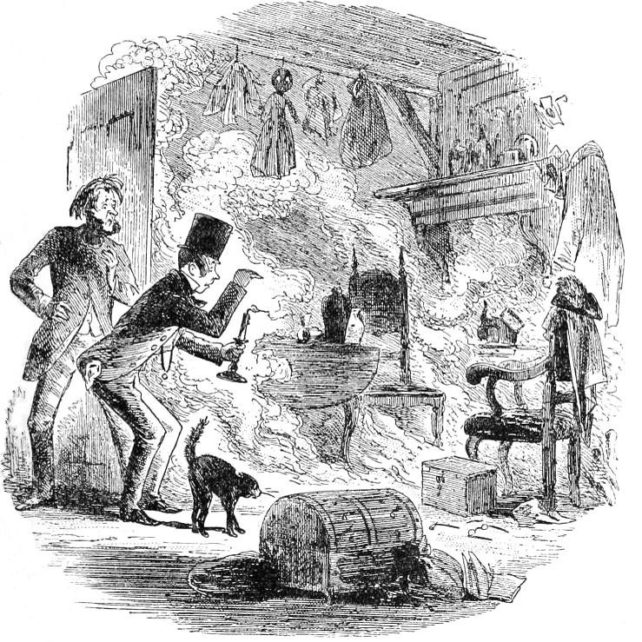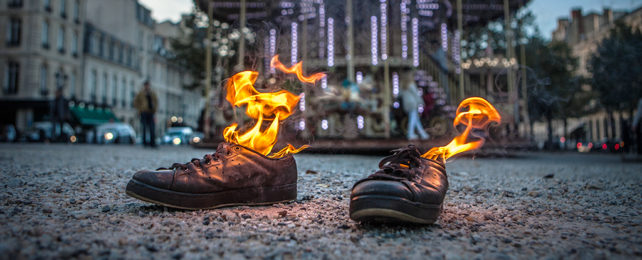In December 2010, a 76-year-old man burned to death on his living room floor in Ireland.
Nearly a year later, a coroner officially ruled that he'd died of a peculiar phenomenon, the Irish Independent reported – spontaneous human combustion.
This phenomenon, as it has been understood over the centuries, involves a body suddenly bursting into flames without being ignited by an external source.
Coroners typically walk into a scene where the victim's hands and feet are intact, while the torso and the head is burned to ashes, Roger Byard, a pathologist at the University of Adelaide, told Insider. Nearby furniture is often minimally damaged.
But if spontaneous human combustion is a real phenomenon, Byard added, why doesn't it happen more often? He said approximately 200 reports of such events have occurred in the past 300 years.
"The reality is that people combust – but not spontaneously," Byard said.

'Spontaneous' human combustion over the centuries
In the 17th century, a Danish anatomy expert described the first known case of spontaneous human combustion.
It came from Italy sometime in the late 14th century, when a knight called Polonus Vorstius drank wine one night before bursting into flames.
The idea of a human suddenly enveloping into flames was often associated with the excessive consumption of alcohol.
Charles Dickens fed the flames of the myth by writing about it in his 1853 novel "Bleak House". In it, a character named Krook, who was an alcoholic, spontaneously catches fire and burns to death.
Charles Dickens' Bleak House, MacMillan and Co, New-York London 1895 page 402
Others over the years have attributed the phenomenon to a visitation from God, obesity, or intestinal gases.
But Byard said these theories don't hold much scientific weight.
While human combustion is plausible and accurate to several accounts, he said, the idea that it happens spontaneously is a misnomer: "Yes, people's bodies burn, but there's absolutely no proof that it occurs as a spontaneous combustion."
Practically every account has involved an external source of flame, Byard added. The most common culprits are lit cigarettes, lamps, or candles.

Science says bodies can act like a candle
The prevalent scientific explanation for spontaneous human combustion is known as the wick effect, which proposes that humans can act like candles do.
In 1998, as part of a BBC television program, scientists in the UK replicated similar conditions with a dead pig. They wrapped the pig in a blanket before lighting it on fire. The pig's feet were left behind – exactly the result of many reported cases of spontaneous human combustion.
The wick theory suggests that fat acts as a fuel source, and a human body is kept aflame through its own fat after being ignited. Blankets and clothing, meanwhile, act like a candle wick.
"You can picture people wrapped in blankets, drinking spirits – and spilling the spirits, which basically act like an accelerant with petrol or gasoline," Byard said. "What happens is they drop a cigarette into this massive pool of alcohol, which then ignites and just burns very slowly. We know that fat can actually burn at very low temperatures."
Because hands and feet have less fat, they don't provide enough fuel to be entirely consumed by flame.
"People are believing in urban myth," Byard said. "The underlying mechanism is much, much simpler than divine intervention."
This article was originally published by Business Insider.
More from Business Insider: